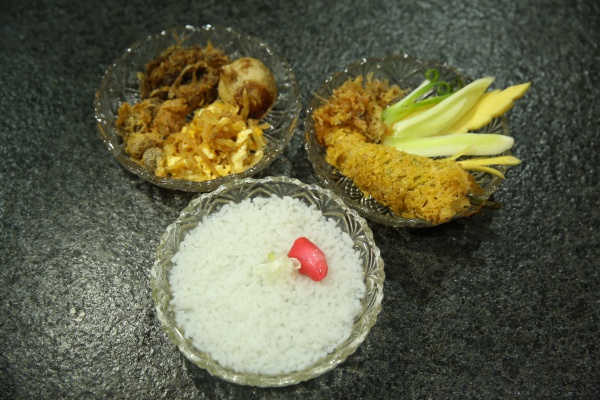Facts About Khao chae
Khao chae, which translates to "rice soaked in cool water" is a traditional Thai dish that traces its origins back to the reign of King Rama II. Adapted from a Mon dish, it was transformed into a refreshing meal designed to combat the scorching heat from mid-March to the end of April. Before the advent of ice in Thailand, the water for khao chae was kept cool in earthenware vessels, sometimes with camphor added to enhance its cooling effect.
The Mon people have a comparable dish called Thingyan rice, prepared during the Songkran Festival. When khao chae was first introduced to Thailand, it was regarded as royal cuisine and wasn't widely available to the general public. The dish features a specific type of rice known as khao taa haeng, which is firmer than regular jasmine rice. This rice is soaked in flower-scented water, imparting a distinctive and pleasant aroma.
Khao chae is typically served with an assortment of side dishes. These include kapi balls (shrimp paste balls), stuffed shallots, stuffed sweet peppers, shredded sweetened beef or pork, stir-fried sweet pickled Chinese turnips with eggs, and fresh vegetables. To properly enjoy khao chae, one should add about a third of the rice to a bowl, cover it with jasmine-scented water, and then add some ice to cool it down. The side dishes are meant to be eaten separately, alternating between bites of the cool, fragrant rice and the flavorful accompaniments.

 Laos
Laos